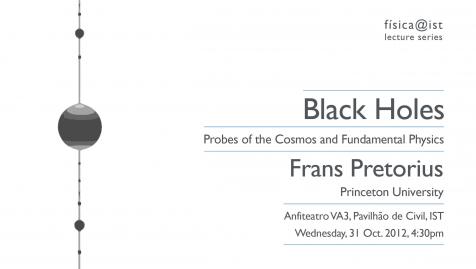Aged 103, Nobel Laureate in 1986, Prof. Montalcini had a very special place within Italian society, not only for her brilliant scientific career.
Roma, 28 novembre - I risultati della commissione internazionale nominata dal MIUR per il costing review del progetto bandiera SuperB sono stati esaminati ieri dal Ministro della Ricerca che ha voluto discuterne con i vertici dell'INFN e successivamente con quelli del Cabibbolab. Il Ministro ha fatto presente che non erano in discussione l'importanza e la qualità del programma, ma che le condizioni economiche del paese e i limiti previsti dal Piano Nazionale per la Ricerca, erano incompatibili con i costi del progetto valutati.
Il Ministro, mostrando grande disponibilità, ha dato la possibilità all'INFN di proporre progetti, sempre nella tipologia dei "progetti bandiera", compatibili con lo stanziamento previsto inizialmente. Le proposte dovranno essere valutate entro pochi mesi.
L'INFN sta quindi vagliando le idee in merito. Tra le possibilità, comunque, verrà esplorata con convinzione l'ipotesi di presentare il progetto per la realizzazione di un laboratorio internazionale finalizzato alla costruzione di una macchina acceleratrice nell'area di Frascati. Fonte: LeScienze





























